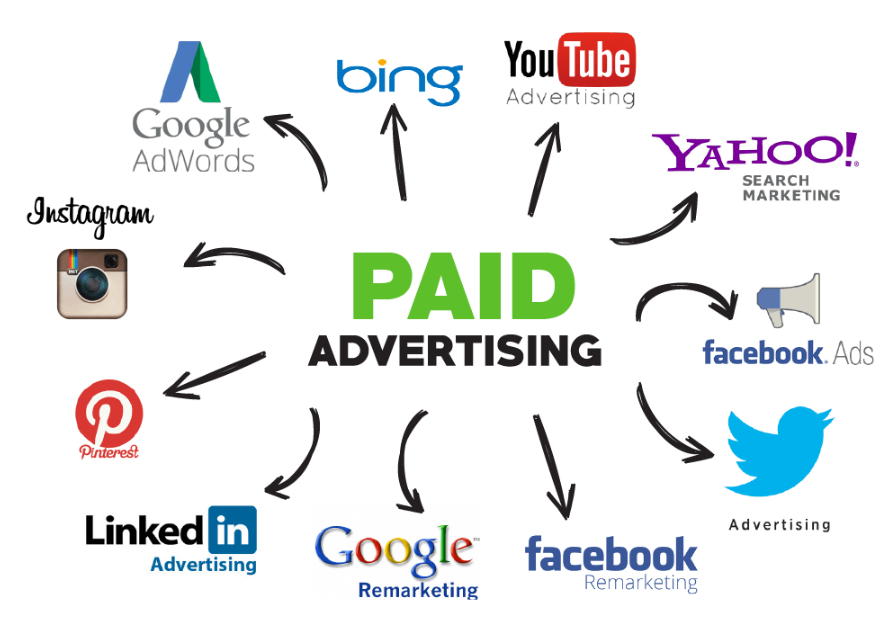In today’s hyper-connected world, social media is no longer optional for fintech companies — it is essential. As the fintech sector continues to redefine the financial landscape, leveraging social media channels strategically can accelerate brand visibility, customer acquisition, and user trust. We explore how a well-orchestrated social media strategy acts as a catalyst for exponential fintech growth.
Understanding the Symbiosis Between Social Media and Fintech

The fintech revolution thrives on innovation, accessibility, and user-centric experiences — values that align seamlessly with the dynamic nature of social media platforms. Facebook, LinkedIn, Instagram, Twitter (formerly X), and TikTok provide fintech brands with the ideal platform to showcase their products, share thought leadership, and cultivate engaged communities.
Consumers today demand transparency, instant communication, and digital experiences that traditional financial institutions often fail to deliver. Social media bridges this gap, providing fintech brands the opportunity to demonstrate their agility, reliability, and innovation in real-time.
Crafting a Fintech Brand Persona Through Social Media

To stand out in a crowded marketplace, fintech companies must cultivate a distinctive brand persona. Social media enables brands to humanise their communication and foster emotional connections with their audiences.
- LinkedIn is ideal for B2B fintech companies seeking to establish authority through industry insights, whitepapers, and expert opinions.
- Instagram and TikTok enable B2C fintech startups to engage younger demographics with visually compelling content, financial education, and gamified experiences.
- Twitter (X) serves as the pulse of real-time updates, fostering direct conversations with tech-savvy consumers.
By consistently projecting a clear, authentic, and relatable voice, fintech companies can foster trust and loyalty, two pillars crucial to long-term growth.
Using Content Marketing to Fuel Fintech Success
Content marketing on social media plays a crucial role in driving fintech growth. Educational and value-driven content not only boosts engagement but also positions fintech brands as trusted advisors and experts.
Key content formats include:
- Explainer Videos: Short, concise videos that demystify complex financial concepts.
- Customer Testimonials: Authentic user experiences build credibility.
- Infographics: Visually rich graphics simplify data and increase shareability.
- Webinars and Live Q&AS: Real-time interactions foster transparency and community building.
An emphasis on educating rather than selling fosters deeper customer relationships, ultimately translating into higher conversion rates.
Leveraging Paid Advertising for Targeted Reach

Organic reach alone is insufficient in today’s highly competitive digital landscape.. Strategic investment in paid social advertising can significantly amplify fintech growth by targeting particular audiences based on behaviour, interests, and demographics.
Effective strategies include:
- Lookalike Audiences: Replicating the profiles of existing high-value customers.
- Retargeting Campaigns: Re-Engaging Users Who Have Previously Interacted with Your Brand.
- Lead Generation Ads: Capturing qualified leads directly through platform-integrated forms.
Paid campaigns must be continuously optimised based on performance analytics to ensure maximum return on investment (ROI) and sustained user acquisition.
Building Trust Through Transparent Communication

In fintech, where data security and financial transactions are involved, trust is paramount. Social media provides a direct line to customers, enabling fintech brands to address concerns, provide updates, and proactively highlight security measures.
Best practices include:
- Real-Time Crisis Management: Immediate acknowledgement and resolution of issues bolster credibility.
- Security Updates: Regular communication regarding data protection measures provides reassurance to users.
- User-Centric Content: Prioritising users’ needs and feedback enhances community trust.
Fintech brands that adopt a proactive and transparent communication style are more likely to win customer loyalty and advocacy.
Harnessing Influencer Partnerships for Rapid Expansion
Collaborating with trusted fintech influencers and finance thought leaders can accelerate brand exposure. Influencers offer pre-built audiences that trust their opinions, allowing fintech brands to tap into highly relevant communities quickly.
Critical steps include:
- Selecting Authentic Influencers: Those with genuine engagement and credibility in financial or tech niches.
- Co-Creating Content: Partnering on webinars, tutorials, reviews, and challenges to maximise impact.
- Measuring ROI: Tracking engagement rates, click-throughs, and conversion rates ensures campaign effectiveness.
Influencer collaborations must align with the brand’s values and objectives to maintain authenticity and avoid reputational risks.
Using Social Listening to Stay Ahead of Market Trends

Social media is a goldmine of consumer insights. By implementing social listening tools, fintech companies can monitor brand mentions, track competitor activities, and identify emerging trends that may impact their business.
Key benefits include:
- Customer Sentiment Analysis: Understanding public perception in real-time.
- Product Feedback: Gathering valuable user insights to refine offerings.
- Competitive Intelligence: Staying ahead by analysing industry trends and gaps.
Proactive social listening ensures that fintech brands remain agile and responsive, critical traits in a fast-evolving market.
Fostering Community Engagement for Long-Term Loyalty
Community-driven growth is essential for sustainable fintech success. Social media facilitates the creation of interactive communities where users feel valued and heard.
Strategies to foster community include:
- User-Generated Content Campaigns: Encouraging Customers to Share Their Experiences
- Exclusive Groups and Forums: Building private spaces for high-value users to engage.
- Gamification and Rewards: Offering incentives for engagement boosts participation.
An active community not only drives organic brand advocacy but also creates a valuable feedback loop for continuous improvement.
Analysing Metrics for Continuous Optimisation
Success on social media requires constant measurement and refinement. Fintech companies must closely monitor key performance indicators such as:
- Engagement Rates: Likes, comments, shares, and mentions.
- Conversion Metrics: Click-through rates, lead generation, and customer acquisition costs.
- Sentiment Analysis: Tracking positive, negative, and neutral mentions over time.
Data-driven strategies allow fintech brands to adapt campaigns dynamically, ensuring that resources are allocated effectively for maximum growth.
Conclusion: The Future Belongs to Agile, Social-First Fintech Brands
The synergy between social media and fintech growth is undeniable. Fintech companies that embrace social platforms as vital engines for communication, education, trust-building, and community engagement will surge ahead of competitors.
In a digital-first economy, social media mastery is the ultimate differentiator. By cultivating authenticity, leveraging strategic advertising, nurturing communities, and continuously optimising through analytics, fintech brands can achieve unprecedented growth and long-term market leadership.





